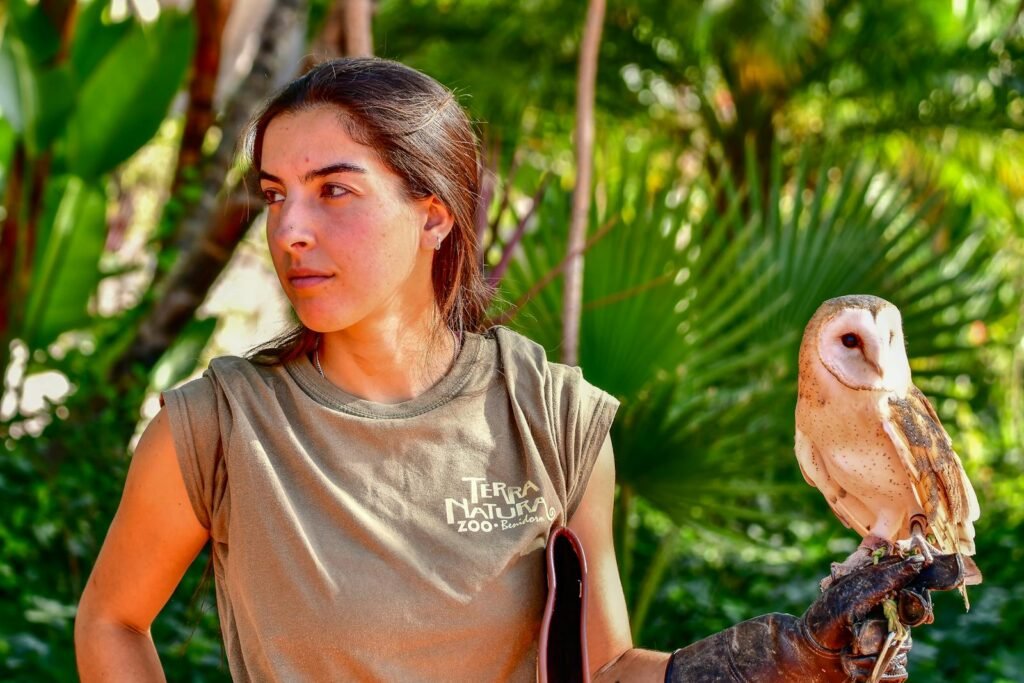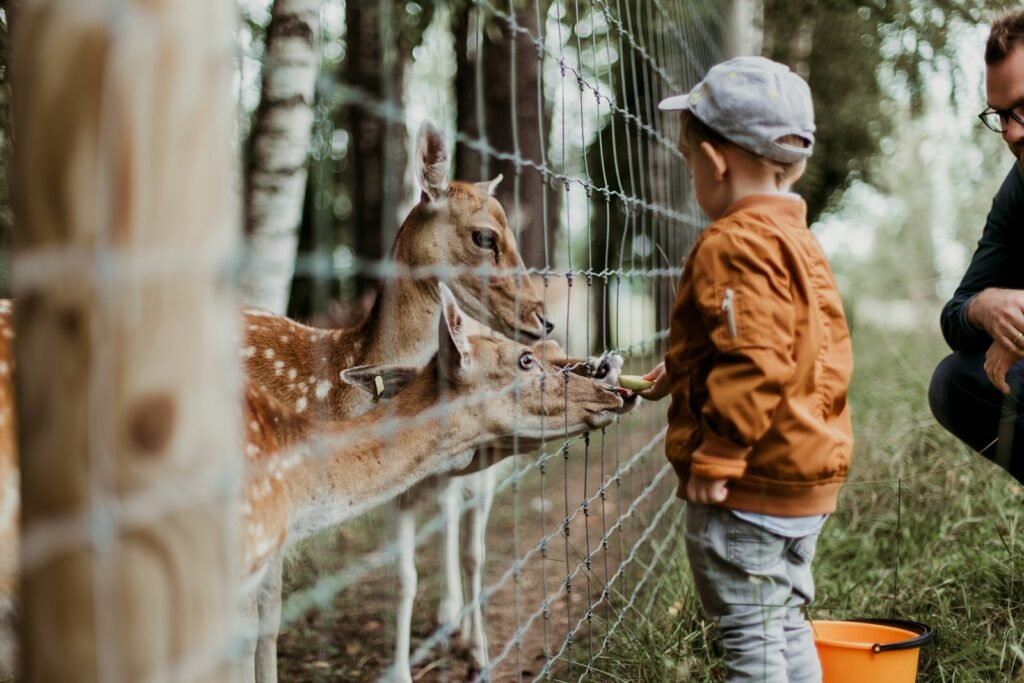Saving endangered species has become a global priority as humanity seeks to prevent the extinction of countless animal species threatened by habitat loss, climate change, and human activity. Zoos and wildlife sanctuaries play a vital role in these conservation efforts, offering not only safe havens for these animals but also contributing to broader strategies of preservation and awareness. This article delves into the essential roles these institutions play, showcasing their contributions in saving endangered species worldwide.
Understanding the Crisis of Endangered Species

The plight of endangered species is a pressing concern, as countless animals face the threat of extinction. Human activity, such as deforestation, pollution, and poaching, has accelerated these threats, leading to an alarming decline in biodiversity. The loss of species impacts ecosystems and affects the natural balance essential for the survival of flora and fauna.
The Role of Zoos in Conservation

Modern zoos are more than just places for public entertainment; they have evolved into conservation centers. By participating in captive breeding programs, zoos ensure the survival of species that may otherwise perish in the wild. These programs are meticulously designed to maintain genetic diversity, which is crucial for the health and vitality of populations.
Wildlife Sanctuaries: Safe Havens

Wildlife sanctuaries provide crucial refuges for injured, orphaned, or displaced animals, offering them a chance to live in a protected environment. Unlike traditional zoos, sanctuaries often focus on rehabilitation and, wherever possible, eventual reintroduction into the wild. This approach helps restore natural populations in their native habitats.
Breeding Programs and Genetic Diversity

Breeding programs in zoos and sanctuaries aim to keep the gene pool diverse and healthy. By pairing animals from different backgrounds, these programs help prevent inbreeding, which can lead to genetic disorders and weaknesses. Successfully bred animals can potentially be reintroduced into the wild, bolstering endangered populations.
Educational Efforts to Boost Conservation

Education is a cornerstone of conservation efforts. Zoos and sanctuaries host educational programs that inform the public about the importance of biodiversity and the pressing need to protect endangered animals. By raising awareness, these institutions inspire people to take action, whether through conservation efforts or sustainable practices in their daily lives.
Research and Scientific Contributions

Many zoos and wildlife sanctuaries engage in scientific research that contributes to better understanding and conserving endangered species. From studying behavioral patterns to developing medical treatments, the research conducted within these institutions can have profound impacts on global conservation strategies.
Success Stories: Bringing Species Back from the Brink

Thanks to zoos and sanctuaries, several species have been saved from extinction. The Arabian oryx, California condor, and black-footed ferret are just a few examples of animals that have benefitted from dedicated breeding and conservation programs, leading to their reintroduction into the wild.
Collaboration with Global Conservation Initiatives

Many zoos and wildlife sanctuaries partner with international organizations like the World Wildlife Fund (WWF) and the International Union for Conservation of Nature (IUCN). These collaborations enhance the scope and effectiveness of conservation efforts, allowing for coordinated global initiatives to protect endangered species.
Rethinking the Zoo Experience

Modern zoos aim to mimic natural habitats as much as possible, prioritizing the welfare of their animal residents. By improving living conditions and reducing stress, zoos enhance the quality of life for their animals, creating environments where they can thrive and engage in natural behaviors.
Challenges Faced by Zoos and Sanctuaries

Despite their successes, zoos and sanctuaries face numerous challenges, including financial constraints, ethical considerations, and the difficulties associated with reintroducing animals into their natural habitats. Addressing these challenges requires ongoing innovation, funding, and public support.
The Importance of Public Support and Funding

Public support is crucial for the success of conservation programs in zoos and sanctuaries. By visiting these institutions, making donations, or participating in volunteer programs, individuals can contribute significantly to the preservation of endangered species.
Concluding Thoughts: A Shared Responsibility

Zoos and wildlife sanctuaries are at the forefront of efforts to save endangered species, but their success depends on the collective responsibility of individuals, communities, and governments. By supporting these institutions and embracing sustainable practices, we can ensure a future where biodiversity thrives, ensuring that the wonders of wildlife can be enjoyed by generations to come.




